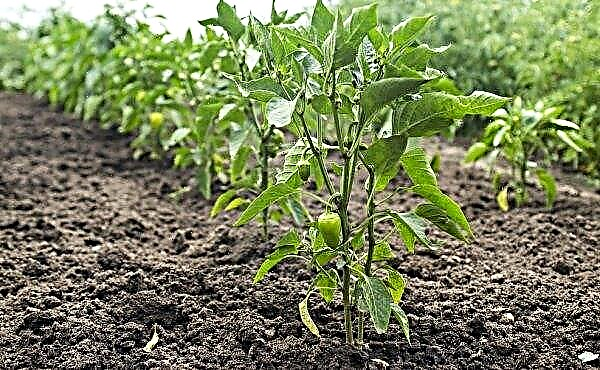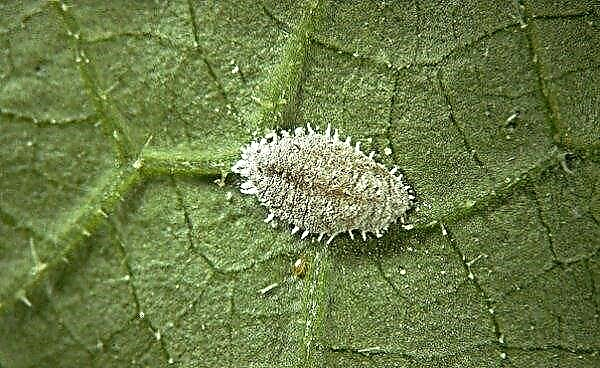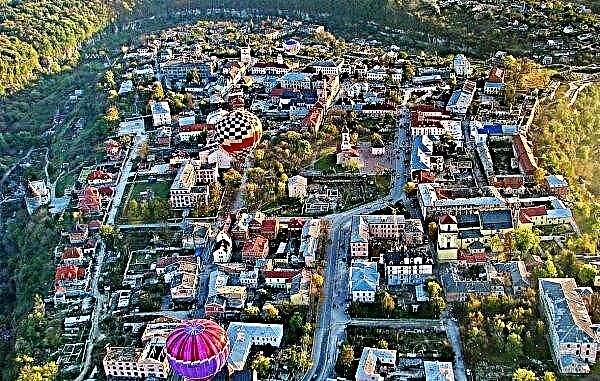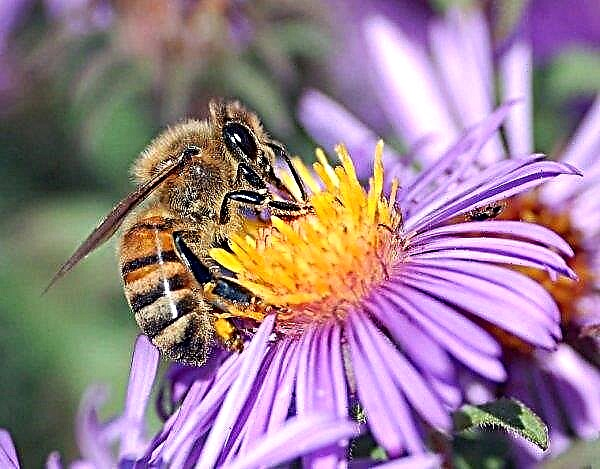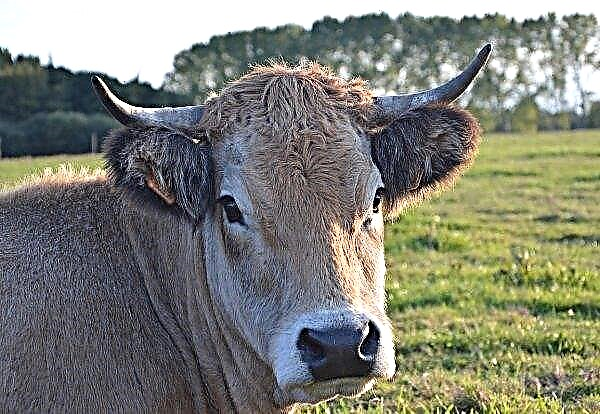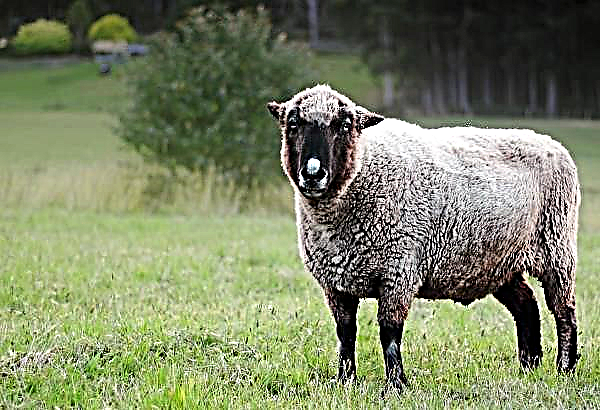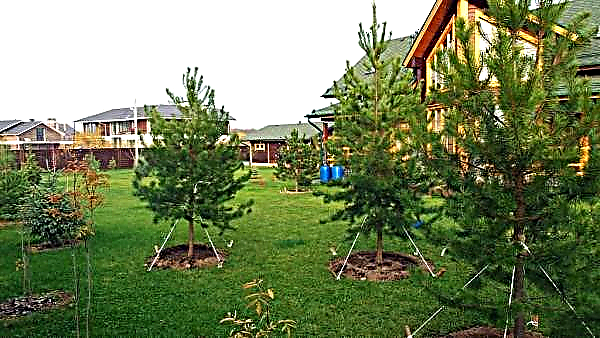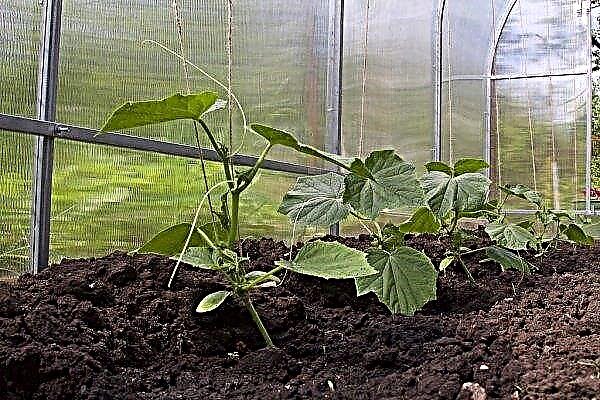Hyacinths, having lush beautiful peduncles and fragrant aroma, are a real decoration of flower beds on personal plots. Their flowers can have a different color - white, pink, purple, blue, red and others. They bloom in the spring of April - May, but for this event to happen, they must be planted correctly.
How and when to plant hyacinths in open ground in autumn
Hyacinth bulbs should be planted at a suitable time for this. Untimely planting, an improperly chosen place and inappropriate soil can lead to plants developing poorly and blooming, or they may die. Planting time depends on the climatic conditions of the place of cultivation. First you need to select a site and prepare it for this. It will not be superfluous to also pay attention when buying planting material and do preventive treatment of bulbs.
Dates in different regions
Experienced gardeners recommend planting hyacinth in the fall. During the cold period, the bulb grows well and is taken on the site, and in spring it pleases with its color. You should not hurry with its planting, since in warm weather it will not only grow over its roots, but can also germinate, and this will damage the plant. Autumn planting should be carried out 3 weeks before the start of frost.
Did you know? Hyacinth is very popular among the Dutch. His bulbs came to Holland after a shipwreck: they managed to root, and they bloomed with beautiful flowers.
During this time, hyacinth manages to take root, which helps the plant tolerate winter well. If the planting occurred late, then it should be covered with a thick layer of mulch and a film on top to keep warm and the bulbs rooted. In cold soil, the root system will not form and the plant risks not surviving the cold period. The temperature of open ground recommended for planting at a depth of 15 cm is + 7 ... + 11 ° С.
The temperature of open ground recommended for planting at a depth of 15 cm is + 7 ... + 11 ° С.
In the southern regions, hyacinths are planted in the first half of November. As a rule, in the middle zone of Russia, Moscow Region they are planted from the end of September to the beginning of October. In the Leningrad Region, bulbs are planted in the first half of September. In the Urals, this period falls in mid-September. In the northern regions of Siberia, bulbs are planted in the early days of autumn, and the place of planting is covered with some suitable insulation.
Video: Planting Hyacinths in Autumn
Selection of planting material
For planting, you need to choose high-quality bulbs. When purchasing them, you should pay attention to the following:
- Planting material should not show any signs of disease or pests. In a healthy specimen, spots, grooves, signs of mold and rot, mechanical damage are not observed.
- To the touch, onion heads of good quality should be sufficiently resilient and dense.
- The optimal size of the bulbs in the section is 4-6 cm. This is 1.5 times the diameter of the bottom.
- Bulbs should be purchased at the end of August, immediately before planting in a permanent place.
- You should buy planting material from well-established sellers, in garden shops, nurseries and so on.

Landing place
For hyacinths, it is important to choose the right place in the garden. This area should be well lit by sunlight, and also protected from gusts of wind (especially from the north). No stagnation of water is required, so lowlands and the proximity of groundwater should be avoided.
It is good to choose a more even area with a slight slope so that precipitation immediately flows down. Hyacinths look very beautiful with other flowers blooming in spring - crocuses, daffodils, tulips and other primroses.Important! Do not plant hyacinths near trees and bushes, as in this case there will be excessive shading and lack of nutrients.

The landing area should be prepared in advance, at least 2-3 weeks before the landing, so that the land does not settle along with the planting material. First they dig the earth to a depth of about 40–45 cm.
So that the plants grow better, the soil is enriched with organic or mineral fertilizers. It is good to use compost or humus as an organic top dressing at the rate of 1-1.5 buckets per 1 m².
Important! This plant crop prefers fertile light soils that are well-drained and have a neutral reaction. Acidic soil will need to be lime treated with slaked lime or dolomite flour.
Of the minerals, it is recommended to add superphosphate (60 g) and potassium sulfate (30 g), magnesium sulfate (15 g) per square meter. In heavy and clayy soil per unit area, you need to add a bucket of sand and peat to this, which will significantly improve the composition of the soil.
If the soil is light and sandy, it is better to add turfy soil or compost (1 bucket per 2 m²). Then, after making all the nutrients, the earth needs to be dug up again and the surface of the plot should be leveled with a rake so that there are no large lumps. If groundwater comes closer than 0.5 m to ground level, then you need to make high beds or drainage.
Planting hyacinths
Planting hyacinths is easy. The landing itself consists of the following steps:
- On the prepared site make small pits with a depth of 3 height of the bulb. On light soils, the recess is a couple of centimeters deeper, but on heavier soils, on the contrary, reduce by the same 2-3 cm. Between them, it is recommended to observe intervals of 15 cm. If the bulbs are small, then it is enough to maintain 10 cm. Between the rows leave an interval of 20 see. If there is a lot of planting material, then they make the necessary depth of the trench and place it in it.
- Preliminarily, it is recommended to pour river sand with a layer of 3-5 cm on the bottom of the recess.
- Planting material is placed bottom-down. At the same time, it does not need to be pressed, but to ensure that the bulb is located evenly.
- Future hyacinths are covered with sand, and after the soil, lightly tamping it. This technique will well protect the landing from decay.
- In conclusion, watering is carried out for better rooting. But if the soil is moist and rains are expected, then watering can be omitted.

After landing care
Planted hyacinths should be properly looked after. The main care will be in moderate watering, preparation for the winter period and top dressing. It is not complicated, but improper agricultural technology can provoke disease.
Did you know? Hyacinths are used in perfumes. It is believed that their aroma causes a positive mood, relieves stress and stimulates physical activity.
Watering
The first watering is done immediately after planting. If it rains, as often happens in autumn, then you can do without moisture. Further, the bulbs are watered only in the case of a protracted warm and dry autumn. With prolonged heavy rains, it is recommended that the flowerbed with hyacinths be covered with a film from waterlogging. In spring, after the snow melts, you must ensure that the soil does not dry out.
Irrigation should be moderate, without stagnation of water. After watering, it is recommended to loosen the soil, combining this procedure with the removal of weed grass. During the appearance of buds and flowering, hyacinths begin to water more often, and continue to do this a couple of weeks after flowering.
Winter preparations
Before the onset of cold weather, the place of planting of hyacinth bulbs should be covered with a thick layer of mulch (up to 10 cm). To do this, you can use sawdust, fallen leaves, peat and humus. Cover the landing well with spruce branches.
Such a shelter is relevant for the middle zone, the Urals and Siberia, but in the southern regions it can be abandoned. In spring, the mulch layer should be removed on time - as soon as the snow has melted and the return of frost will be excluded.

Top dressing
For beautiful lush flowering, crops need nutrients. If the soil was properly prepared before planting, then hyacinths for one season is enough to do three top dressings:
- When sprouts appear from the ground. On 1 m² of flower bed, 20 g of ammonium nitrate and 15 g of superphosphate are introduced into the soil. They can be replaced with 1 tbsp. l urea and 1 tbsp. nitrofoski.
- At the beginning of flowering. For each square meter, 30 g of superphosphate and 15 g of potassium sulfate are embedded in the ground. Instead, 1 teaspoon of urea, superphosphate, potassium sulfate and Agricola-7 can be dissolved in a 10-liter bucket of water. Such a solution should be enough for 2 m². Micronutrient fertilizers — boric acid (300 mg / 1 L) and zinc sulfate (300 mg / 1 L) will also be useful during this period.
- At the end of flowering. For each square meter of planting area, 30 g of superphosphate and potassium sulfate are added.

Hyacinth propagation
Hyacinths are propagated by children who are separated from the mother plant by digging. After planting and germination, they bloom only after 3 years.
Important! The hyacinth bulb has been living for about 10 years, but flower growers recommend updating this culture every 3-5 years.
However, this flower does not always give planting material and it is stimulated to this in the following ways:
- Cut out the bottom. After flowering, when the leaves begin to turn yellow, they are dug up, immediately washed and get rid of old scales. Large ripened bulbs of good density are selected for propagation. The material laid out in one layer is dried for a week under a canopy or in a dry, ventilated room. Then with a sharp knife cut the bottom with the central kidney and sprinkle with chopped charcoal. Planting material is placed in boxes with perlite with a cropped place up. Moisturize and plant cover with a plastic film to create a greenhouse effect. At the same time, the temperature regime is maintained at + 30 ° C and 100% air humidity. After 2-3 months, by the fall, the appearing “babies” will reach 0.5–1 cm and will have root buds and sprouts. The mother's bulb with children is planted in open ground and covered with peat. If by this time the cold has already come, then they are placed in a container with soil and kept in the basement or refrigerator at a temperature of + 2 ... + 6 ° C, and in the spring they are planted in the garden. With this method, one onion gives 20–40 children.
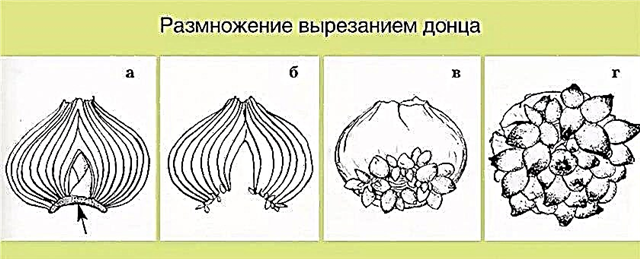
- Incision of the bottom. It gives less planting material (no more than 15 pcs. From each plant), but it turns out to be larger. On large bulbs, two cruciform incisions 4-6 mm deep are made on the bottom, and one on small ones. Cropped places are “powdered” with crushed coal. Bulbs are kept in a warm place for a day (+ 21 ° C) so that the incisions open. Then they do the same as in the previous method.

- Scales. This method allows you to get a lot of planting material (up to 50 pcs.). The large maternal bulb is divided into 4-6 parts. Scales are separated from the bottom, “dusting” the place of breaking off with coal. Then they are placed in a bag with sand or perlite, which is then tied and transferred to a warm place with temperatures + 20 ... + 25 ° С. After 1.5 months, children appear, and the temperature regime is reduced to the level of + 17 ... + 20 ° С. Lighting should be diffuse. Autumn planted in the soil.
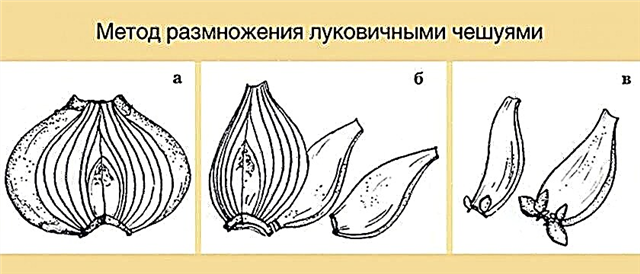
- Leafy cuttings. When hyacinth just picks up the buds, carefully cut a couple of leaves from it at the very base. Each of them is transversely cut into 3 parts. The top of the sheet is discarded. The lower and middle parts, at least 6 cm long, can withstand 12 hours in the root stimulant. To do this, dissolve the floor of the heteroauxin tablet in 1 liter of water. Then the cuttings are planted in moist sand with the treated end to a depth of 3 cm and covered with a bag. Observe a mode of + 10 ... + 15 ° C with 90 percent humidity and ambient light. Each stalk takes root and new leaves, and 2–4 children appear on it. After their appearance, plants are planted in nutrient soil.

Bulb Storage
Experts recommend digging hyacinth bulbs every year. In some cases, this plant crop can remain in the ground for 3 years, but in order for the bud to form well, the bulbs must lie for 3 months in a warm and dry place.
If they are left in the ground, then the flowering will be weak, or even completely stop. Therefore, after the flowers have completely faded and the leaves begin to turn yellow (usually in June), the bulb is carefully dug up, keeping a gap of 7-10 cm from the plant.Important! Immediately before planting, bulbs are recommended to be placed in a solution with a fungicidal agent (foundationazole). This will increase the immunity of the bulbs to diseases and pests.
 Initially, they should be stored at a sufficiently high temperature regime, which reaches + 24 ... + 30 ° С. After the temperature is reduced to + 17 ... + 18 ° C.
Initially, they should be stored at a sufficiently high temperature regime, which reaches + 24 ... + 30 ° С. After the temperature is reduced to + 17 ... + 18 ° C.Onion heads are washed under water, discarding instances unsuitable for planting. You can use potassium permanganate for this purpose of low concentration. Then the bulbs are blotted with a towel and dried. The specimens selected for planting are cleaned of dried scales and cut off the dry roots. Then they are placed in a cardboard box, bag or other suitable container. If desired, each little thing can be wrapped in a newspaper.
Video: Hyacinth Bulb Storage
Diseases, pests and their control
For hyacinths, bacterial and fungal diseases that cause decay of the bulbs and the whole plant are dangerous. Excess moisture and excess nitrogen-containing fertilizers can provoke them.
The following bacterial diseases are most common:
- Yellow rot. This disease manifests itself as dark watery spots, becoming yellow with time, and then brown. Subsequently, the infection penetrates the bulb, making it a soft, oozing yellowish liquid of an unpleasant odor.
- White rot. When this bacterial disease is affected, the plant turns yellow, starting from the top of the leaves, which are curled. After that, the inflorescence dries. In the affected bulb, the bottom and scales become white and have an unpleasant smell, soft and mucous.
- Soft rot. With it, the plant slows down its development, and the bulb softens for a short period, becomes off-white in color and has an unpleasant odor.
 When bacterial diseases occur, plants cannot be saved. Affected specimens are burned and hyacinths do not plant in their place for several more years.
When bacterial diseases occur, plants cannot be saved. Affected specimens are burned and hyacinths do not plant in their place for several more years.Fungal diseases:
- Root rot. Affected bulbs are covered with brown spots. This leads to yellowing of the aerial part - at first the plant slows down its growth, the tops turn yellow and the flower gradually dries up.
- Gray rot. It starts in the ground. Leaves turn yellow. And then brown. The disease gets to the bulb, and it rots.

To prevent the occurrence of these diseases, planting material is treated with foundationazole euparen (2%), fentyuram (1.5%), formalin (0.5%) and plants are sprayed with them during the growing season. At the beginning of the defeat, the plant can be saved by digging up the bulb and clearing the roots and the aerial parts. The cleaned hyacinth root should be treated with the above preparations and put into storage until autumn planting. If the plant is severely affected, then it is burned.
Non-infectious diseases can cause disturbances in the agrotechnics of growing hyacinths, such as excess moisture and nitrogen, planting badly ripened bulbs, storing them at low temperature, and sudden changes in temperature and humidity. With them, an inflorescence is observed with the formation of a crack at the base of the peduncle, decay of the top of the flower, stopping the growth and development of the plant.Did you know? The ancient Greeks have a legend according to which the beautiful young man Hyacinth, the beloved of the god Apollo, died during discus throwing classes. God turned his shed blood into a beautiful delicate flower.
Hyacinths can be affected by the following pests:
- Root onion tick. The insect and its larvae gnaw passages in the bulb and buds, making the plant unsuitable for flowering. Heavily affected specimens are disposed of. With small flaws, hyacinth bulbs are treated with Karbofos (0.3%).
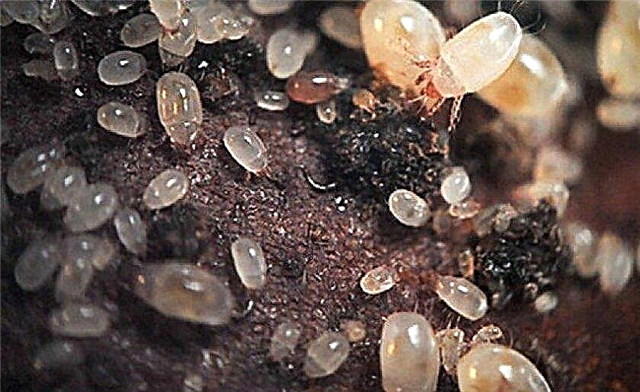
- Wireworm. These are the larvae of nutcracker beetles, reaching 1–4.5 cm in length, having a rigid body. They eat bulbs and stems. But slightly affected hyacinth can still be saved by treating the soil with hexachlorane (25%). The same 12 percent drug is "dusted" with planting stock as a preventative measure.

- Onion grub. Her larvae can be destroyed by treating the bulbs with hot water (+ 43 ° C) for 2 hours.
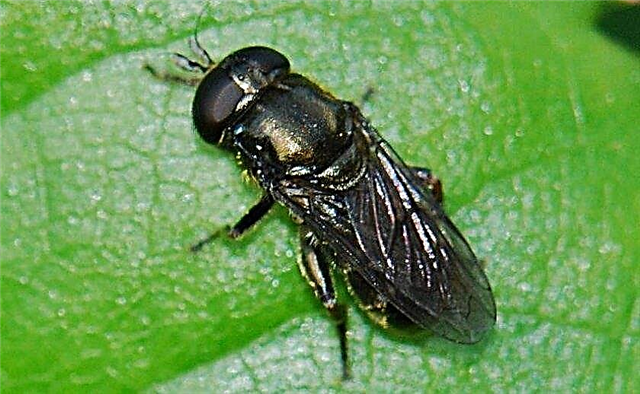
- Stem nematode. It can affect any part of hyacinth, causing deformation of the affected area. With a mild lesion, it can be eliminated by holding for 2-3 hours the bulbs after digging in water with a temperature of + 43 ° C.

Hyacinth is easy to plant and grow, but you should choose the right timing for planting. His agricultural technology will not cause difficulties. If the bulbs are poorly formed by children, then you can use the different methods of reproduction described above.









